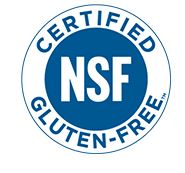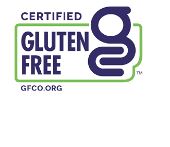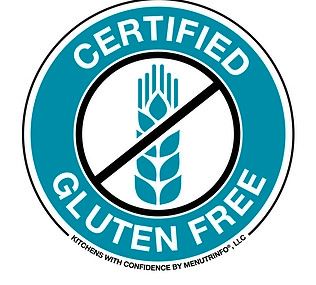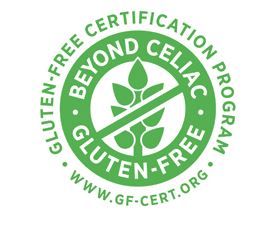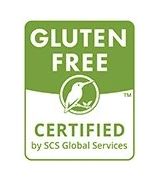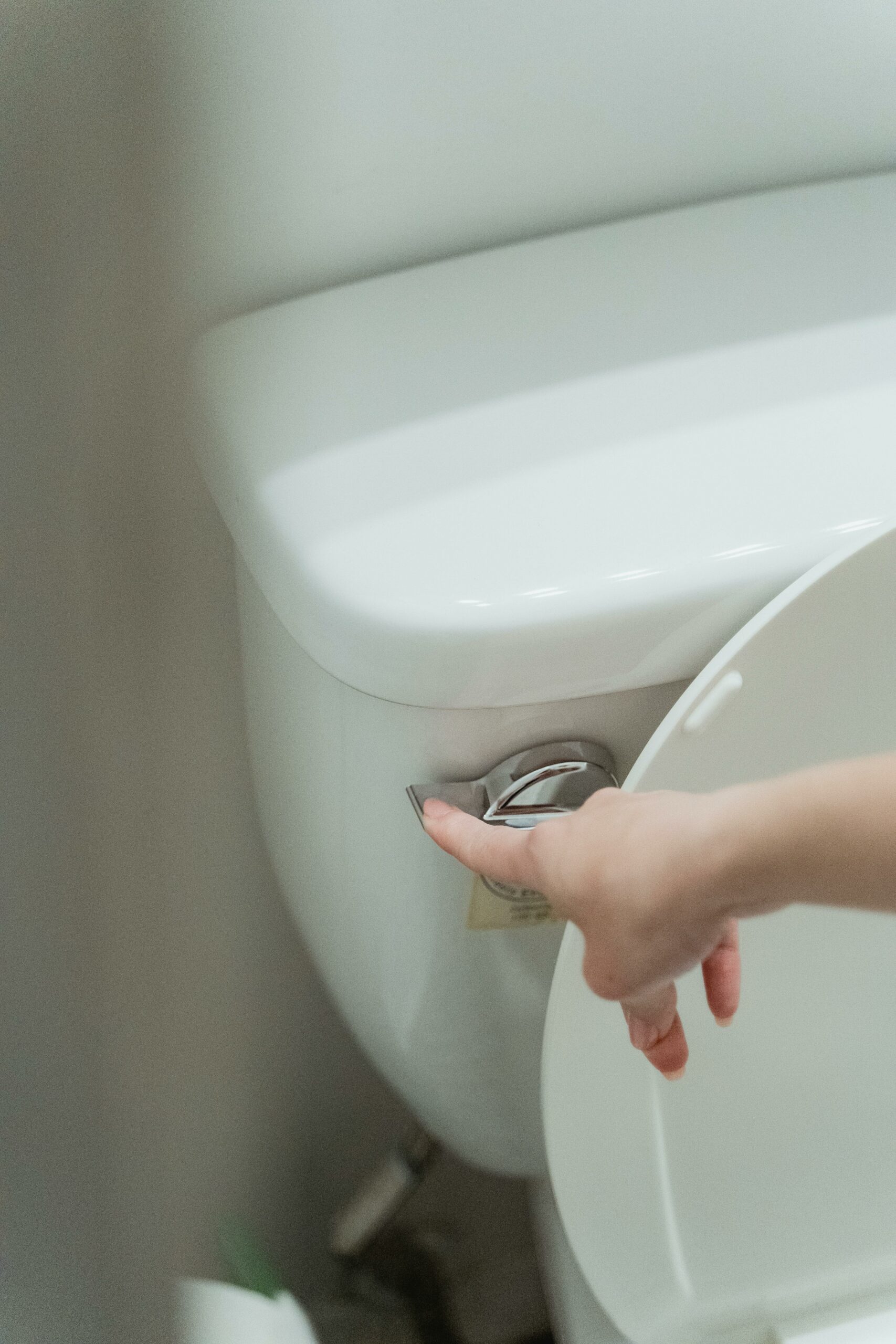As a professional in the nutrition industry and an expert in Functional Nutrition and Medical Nutrition Therapy, I am constantly seeing what I’ll call “dirty” nutrition marketing tactics. When you don’t feel good in your body because of challenging symptoms or discouragement around weight loss issues, there’s an emotional impact. Marketing departments know this and use tactics that hit on the pain points of potential customers. The advantage they have over you is they know that you aren’t an expert in what they’re trying to sell you…but WE are.
In our last article, we shared some of the misleading Marketing Tactics out there regarding supplements, adding functional ingredients to common products, and influencer and celebrity marketing via social media.
We’ll continue the topic by delving a little more into problematic marketing tactics you might find in the grocery store, when you’re choosing which products to buy. Today, we’ll address the labeling tactics of products stating they’re gluten free, and why you may or may not even need to eat a gluten-free diet.
Why Gluten Free?
We at Hopewella don’t believe that everyone has to follow a gluten-free diet. We recommend it to clients who are reacting to gluten and/or have been diagnosed with celiac disease, which requires a gluten-free diet even if one isn’t experiencing symptoms (1).
If you are reacting to gluten, there are either food or lifestyle factors, or both, which are causing an inflammatory immune reaction at the gut level. Common reasons might include having an imbalance in your gut microbiome population, high stress, trauma, exposure to environmental toxins, genetic predisposition, or an inflammatory or unbalanced diet.
Sometimes, a person presents during a clinical consultation with symptoms that are beyond the gut, such as frequent headaches, brain fog or skin or oral issues, or anxiety or depression, and we flag them as a sign of a gluten reaction. We then follow with comprehensive testing at the peptide (protein-particle) level to identify gluten reactivity.
How Much Gluten is Okay to Eat?
We hate to break it to you, but if you’re reacting to gluten symptomatically, or you had a test showing antibody reactivity to gluten particles, you need to eat a 100 percent gluten-free diet until your body is healed and you’re no longer reacting. What often happens in those that find out they have gluten sensitivity but not celiac disease is a “gluten-lite diet.” Because we’re talking about immune system reactions, eating just a bite or two of a gluten-filled meal every few days or week is still an issue.
The reason is that the half life of IgA antibodies is seven days, meaning if you’re having an IgA antibody response, each time you get even a crumb of gluten, that inflammation causing antibody will be in your system for two weeks. And if you’re having an IgG antibody response, which we see commonly, the half life is approximately 21 days (2, 3).
So that means you had a gluten-filled meal, OR a tester bite of gluten, OR ate out at a restaurant that didn’t have great cross-contamination protocols like a shared grill, fryer, or preparation space, and at the gut level, you may have an inflammatory response for the next six weeks – all from just a small amount of gluten.
Misleading Gluten-Free Marketing Tactics
If you’re still reading, that means you or a loved one probably need to follow a gluten-free diet, or you may have mistakenly decided you should eat gluten-free because of marketing. So let’s address some misleading marketing tactics as we learn about navigating the grocery store aisles and dining out safely.
# 1 Beware of package marketing!
Don’t be fooled by the name OR the label on the front!
Just because the package says it’s gluten free doesn’t mean it doesn’t have gluten cross contamination in the growing, harvesting, or processing of the product before it gets to you. There are ways to determine if a product has been verified to be gluten-free, which we’ll get to below, but first let’s find out how gluten can be in your final product.
Since gluten is a protein complex found in certain cereal crops including wheat, barley, rye, triticale and ancient varieties of wheat like einkorn and spelt, it can be easy for gluten to get into other non-gluten cereal crops. This can happen a lot, particularly when purchasing cold cereals and oat products. When growing cereal grain crops, it is a common practice for farmers to practice crop rotation, and to switch which crops they grow depending on the year and the market. This means it’s extremely common for a field that grew wheat or barley last year to be growing oats this year. And it’s pretty common (and how nature works) for some of the seeds that dropped in the ground last year to resprout and grow amongst the new gluten-free crop. That’s what we’ll call field contamination.
Next, there’s the harvesting. For cereal crops, farmers use combines, which are sophisticated threshing machines and can handle a wide variety of grains from field corn, to wheat and barley, to grass seed, to gluten-free grains. This means if a farmer isn’t ensuring they are completely cleaning out the machine when switching from gluten containing grains to a gluten-free harvest, there’s going to be contamination in the final product. That’s what we’ll call harvesting contamination.
Now, let’s say we’re at the processor or food manufacturer, and they manufacture multiple types of grain products. Many food manufacturers process multiple types of products and will process both gluten free and gluten-containing products. They may put a precautionary statement on the product, but this is not a requirement (4, 5). An example of a precautionary label is “Manufactured on equipment that uses wheat.” If a gluten-free food has been processed on a line that wasn’t cleaned thoroughly and gluten ends up in the final product, this is what we’ll call processing contamination.
What Does Gluten-Free Labeling mean?
When perusing gluten free products to purchase at the grocery store, you’re bound to see some products that say they’re gluten free. So what exactly does that label mean? (4, 5).
- First, gluten-free labeling is voluntary and food manufacturers are not required to indicate all sources of gluten on the label or required to indicate gluten-free status of the product.
- Foods that are naturally gluten-free can be labeled, such as oats, lentils, peanuts, apples, dried fruit, etc.
- Foods that contain gluten grains such as wheat starch, but have had gluten removed to below 20 parts per million (ppm), in manufacturing.
- Foods that should not contain more than 20 ppm of gluten: unfortunately, manufacturers aren’t required to test the gluten amount to slap this on the label!
So now, we’ve got a few examples of how contamination with gluten ends up in the final product. Where companies mislead you is that they’ll:
- State “Gluten Free” on the front or back of the package, or
- Create their own little gluten-free type logo, or
- Make a statement that they sponsor a gluten or celiac advocacy organization, or
- State that they do some in-house gluten testing but don’t publish results to the public or have a certified gluten-free label.
What’s important to remember about the statement, gluten-free, without being certified, is that manufacturers are not required to test for the presence of gluten in ingredients or in the finished gluten-free labeled food product. So if no one’s coming along and testing them, and we know cross contamination from the field, from harvest equipment, or from the processing line can easily occur, you as a consumer are left to assume the manufacturer is following all cross contamination safety protocols, without any knowledge or evidence that they are.
To use another example, a product may state that it’s gluten-free but also have an (optional) precautionary statement on the label indicating it’s processed on a line that also processes wheat.
Lastly, a really strong example of this is a popular and well-known oat-based cereal brand that self-labels as Gluten Free in the United States with their own little gluten-free logo, and adds to the confusion by stating they’re a proud sponsor of The Celiac Disease Foundation. Unfortunately, they don’t do any testing of their product, don’t seek out certified gluten-free oats, or have any certifications for their product. This company’s products are also no longer allowed to be labeled as gluten free in Canada. This is an example where consumers think they are choosing a safe product because of marketing, when in reality, it’s not a wise choice for anyone that is reacting to gluten.
#2 Beware of products that don’t test for gluten content.
That brings us to our second main point. When a company is making or selling a product that is at risk for field, harvesting, or processing contamination, it is best practice when marketing it as gluten-free to use the certified Gluten-Free label, which means it is third-party verified and requires periodic facility and product auditing. Alternatively, it’s a best practice when a company does in-house gluten testing and publishes all results on their company website, or requests gluten analysis from ingredient suppliers and makes that available to consumers. Some companies will do all of these, which can go a long way in making you, the consumer, feel more safe that you’re purchasing and eating what you think you are.
What about Gluten When Dining Out?
Do gluten-free food labeling requirements apply to the gluten-free claims made for foods served in restaurants, cafeterias, or buffets?
Unfortunately, labeling laws only apply to packaged foods, so do not apply at most restaurants. It is recommended that restaurants who make a gluten free claim on their menus follow the FDA labeling guidelines, but most restaurants have begun adding gluten-free labels to menus as a marketing tactic, and unless they have undergone training or have experience with celiac disease, it can be hit or miss whether they understand and are following gluten cross contamination procedures.
Your best bet when dining out is to:
- Check with other locals who are highly sensitive to gluten and get their restaurant recommendations.
- Ask your server or call the restaurant and speak to the manager/chef to ask your specific questions.
- If you’re traveling or being cautious, potentially steer clear of restaurants where there’s a high risk of cross contamination, due to the type of foods served or the type of cooking facility. Examples include bakeries where gluten flour is constantly floating in the air, pizza parlors with one oven, gastro pubs and restaurants where there is a shared fryer or grill/cooktop for all foods.
- Lastly, there are several really good applications and websites sharing how to find gluten-free restaurants and products when you’re traveling or out and about.
What about the Certified Gluten-Free Label?
Fortunately, manufacturers can self-select to certify their products as gluten-free. Similar to organic certification, there are a few different certifying agencies, and thus, there are a handful of GF certified logos to look out for on product labels. All of the labels below can be trusted, as they test products, and depending on the certifier, require products to contain between less than 15 ppm to less than 5 ppm of gluten. And to be clear, if you see a GF label on a product that’s not one of those below, then it’s not an authentic label.
Here are the different Certified Gluten-Free Labels:
#3 Just because a product is gluten-free, does not mean it is healthy for you, or an anti-inflammatory food.
So now we’re at our last point about gluten-free marketing tactics. Just because it’s gluten-free, doesn’t mean it’s healthy! And no, going gluten-free isn’t a good weight loss technique. In fact, many of the GF products being marketed the most are essentially ultra-processed grain products with the first ingredients as sugar and refined starches or flours. They may be gluten free, but they’ll contribute to many other long term health issues, such as systemic inflammation, weight gain, blood sugar, or cardiovascular issues. This is also why going gluten-free is not a recommended choice for anyone that doesn’t actually need to.
If you have to eat gluten-free for health reasons, we see you and hear your confusion about how to navigate shopping and eating out. If you have GI issues or eat gluten-free but are still confused, reach out to us and set up a free Discovery Call, and we’ll help you make the right dietary choices for you.
References:
- Celiac Disease Foundation. Asymptomatic Celiac Disease and the Gluten-Free Diet.
- Mankarious, S., Lee, M., Fischer, S., Pyun, K. H., Ochs, H. D., Oxelius, V. A., & Wedgwood, R. J. (1988). The half-lives of IgG subclasses and specific antibodies in patients with primary immunodeficiency who are receiving intravenously administered immunoglobulin. The Journal of laboratory and clinical medicine, 112(5), 634–640.
- van Tetering, G., Evers, M., Chan, C., Stip, M., & Leusen, J. (2020). Fc Engineering Strategies to Advance IgA Antibodies as Therapeutic Agents. Antibodies (Basel, Switzerland), 9(4), 70. https://doi.org/10.3390/antib9040070
- University of Nebraska-Lincoln. Food Labeling for the Food Allergic Consumer.
- FDA.gov. Questions and Answers on the Gluten-Free Food Labeling Final Rule



